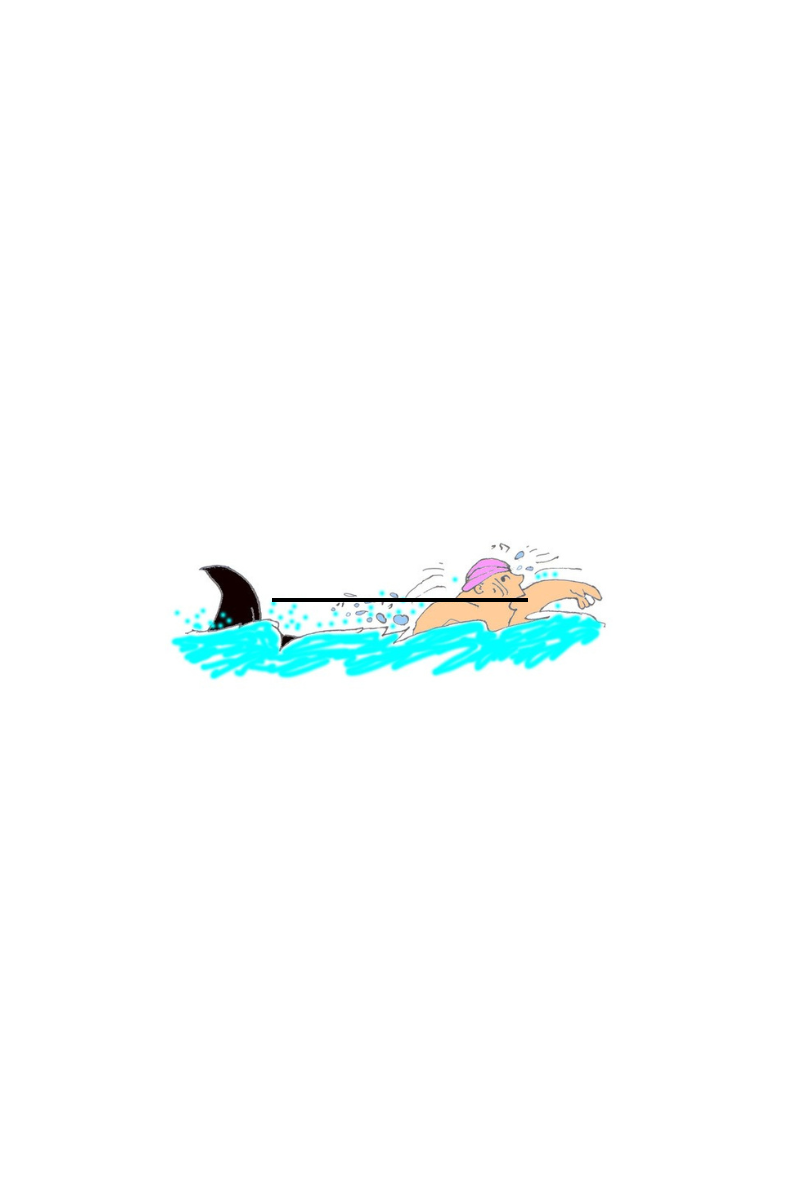Which exercise?
As I repeat ad nauseam, I try not to recommend any particular exercise – the choice is too personal. One man’s meat …….
However there are some facts – and new findings – about certain forms of exercise which you may find interesting.
Walking
This is the workhorse of physical activity – it is most used exercise for maintaining fitness and wellbeing. It is the exercise which most of us do most of in our daily lives – even now that motorised transport has put shank’s pony well into the shade. As one writer put it “Brisk walking has the greatest potential for increasing overall activity levels of a sedentary population and meeting current health recommendations”. Nota bene the word “brisk”!
One definite benefit is that it is easy to measure how much has been done – the humble pedometer tells you, as do any number of phone apps – if you remember to take your mobile with you. The artificially constructed target of 10,000 steps a day is also pretty close to the level needed to satisfy the governments’s recommendations – though less can still be effective and more can be even more effective. 10,000 steps a day is a reasonable compromise.
This has been supported by a recent UK Biobank study to find the number of daily steps needed to offset the mortality risk posed by sedentary behaviour. 700,000 subjects had their daily sitting time measured and their daily steps counted. They were then followed for seven years. The optimal step count for reducing mortality risk over this time was between 9,000 and 10,500 steps per day.
Running
If walking is the workhorse of PA, running is the racehorse. Sadly it one of the lesser used activities for enhancing fitness, particularly among older people; as the years go by fewer people run for recreation. Running, though, is probably the most effective exercise for increasing fitness levels and studies of seasoned runners consistently show fitness levels equivalent to much younger non-runners. In other words, if physical fitness is an accurate gauge of physiological age, runners are much younger than non-runners. A study of 500 members of a running club were compared with 500 non-runners and then followed up for 19 years. By the end of this period the average age for the development of measurable disability was 16 years later for the runners than the non-runners.
The problem with running is that it is hard to maintain, particularly with the passing of time and the development of aches and pains and wear and tear in lower limb joints and muscles. It is a myth to suggest that running causes such problems. If anything, running preserves the hips and knees, probably because the recurrent impact thickens joint cartilage.
Running has also got two excellent routes in – the “Couch to 5k” app and the extensive network of parkruns around the country.
Cycling
Here is another excellent exercise for getting around as well as giving the enjoyment of travelling around our beautiful countryside. Cycling is a really practical mode of transport – getting you to school or work speedily, cheaply and with great benefits to health. The physical fitness effects of regular bicycling are similar to those of running. One study of very active but non-elite cyclists showed that at the age of 55 their average fitness level was equivalent to 20 year olds, at the age of 65 it was equivalent to 25 year olds and for those aged 75 it was equivalent to 35 year olds!
Many cyclists graduate to e-bikes later in life. Clearly e-bikes do not demand such strenuous effort as simple pedal bikes but they still provide useful levels of exercise. I estimate that the difference between cycling and e-biking is equivalent to the difference between running and walking.
Swimming
Finally today comes swimming which is also a highly effective way of achieving and maintaining high levels of fitness. It is more difficult to measure effort and physiological responses in the swimmer and swimming related fitness because both vary greatly with the skill of the swimmer. However regular moderate to vigorous swimming has similar effects in preventing non-communicable diseases as the land-based exercises mentioned above. The one exception is osteoporosis since swimming is not weight-bearing. However it was been claimed by the late, great Professor Steve Blair that swimming may be the most effective exercise for increasing lifespan.
Next time
More about swimming and the effects of some other types of exercise.
Subscribe to the blog
Categories
- Accelerometer
- Alzheimer's disease
- Blood pressure
- BMI
- Cancer
- Complications
- Coronary disease
- Cycling
- Dementia
- Diabetes
- Events
- Evidence
- Exercise promotion
- Frailty
- Healthspan
- Hearty News
- Hypertension
- Ill effects
- Infections
- Lifespan
- Lipids
- Lung disease
- Mental health
- Mental health
- Muscles
- Obesity
- Osteoporosis
- Oxygen uptake
- Parkinson's Disease
- Physical activity
- Physical fitness
- Running
- Sedentary behaviour
- Strength training
- Stroke
- Uncategorized
- Walking



Hi Hugh – what about gardening? Difficult to measure I’m sure, but it is active, weight bearing at times etc.
Many thanks Helen – you have been reading my mind!
Next week’s blog includes the gardening section!